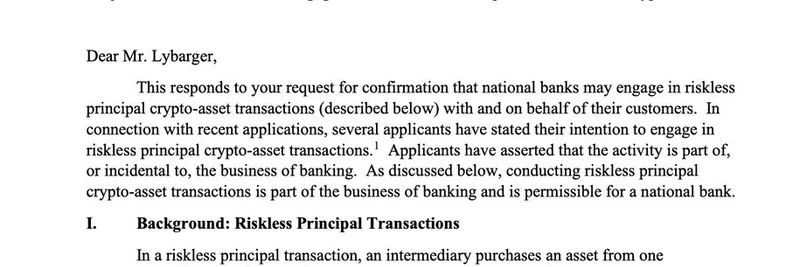In the fast-paced world of Web3, where innovation meets speculation, a recent clip shared by Wrapped (@wrappedxyz) has sparked conversations across the crypto community. The video features David Rhodus, Founder and CEO of Pipe Network and Permissionless Labs, delivering a no-holds-barred opinion on the state of some decentralized projects.
Rhodus, drawing from his background in Web2 engineering at FAANG companies, praises the trailblazing spirit of many Web3 initiatives. However, he doesn't shy away from criticism. He points out that even after years of development, certain decentralized storage systems—think projects like Filecoin or IPFS-based solutions—can take up to five minutes just to retrieve the first byte of data. That's unacceptable in a world where users expect lightning-fast performance.
His solution? Brutally straightforward: "Liquidate their coins into stablecoins, return back to investors, shut down." In essence, if a project isn't delivering on performance, it's not paving the way for the future—it's holding it back.
Pipe Network itself is shaking things up in the DePIN (Decentralized Physical Infrastructure Networks) space. Built on Solana's high-speed blockchain, it's a decentralized CDN (Content Delivery Network) that promises faster, more secure content delivery through hyper-local nodes. Anyone can run a node, making it permissionless and efficient. Recent launches like Pipe Firestarter Storage position it as a full-stack alternative to traditional CDNs like Cloudflare, addressing the very inefficiencies Rhodus criticizes.
But how does this tie into the meme token ecosystem? At Meme Insider, we see parallels everywhere. Meme tokens often ride waves of hype, community fervor, and viral marketing. Yet, many lack real utility or technological backbone. If a meme project promises decentralized features—like storage or NFTs—but delivers sluggish performance or no innovation, Rhodus's words ring true. It's time to ask: Is your favorite meme coin performant, or is it just meme-ing around?
This mindset could lead to a healthier crypto landscape. By weeding out underperformers, resources and attention shift to projects that actually push boundaries. For blockchain practitioners, it's a reminder to prioritize tech that works over hype that fizzles.
What do you think? Should more Web3 projects, including memes, call it quits if they're not cutting it? Check out the 원문 트윗 and join the discussion.
Meme Token 애호가를 위한 주요 시사점
- Performance Matters: In Web3, speed and efficiency aren't luxuries—they're necessities. Slow decentralized storage hurts user experience and adoption.
- DePIN Rising: Projects like Pipe Network show how Solana is becoming a hub for practical, high-performance infrastructure.
- Investor Protection: Rhodus's call to return funds echoes a growing demand for accountability in crypto, where rug pulls and failed promises are all too common in meme spaces.
Stay tuned to Meme Insider for more insights on how Web3 trends impact meme tokens and beyond.


